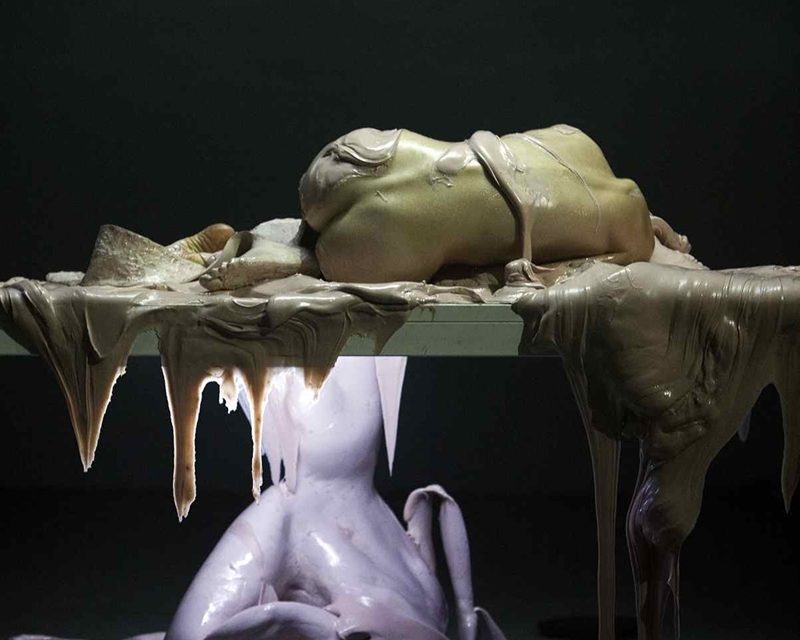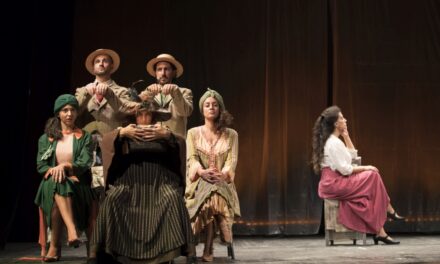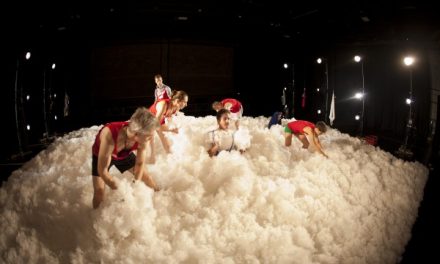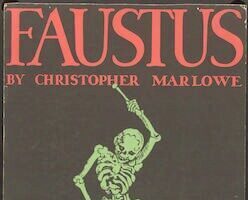The Socìetas Raffaello Sanzio is well known by its iconoclastic profile that renovates the performative European theatre scene. A new and irreproachable investigation revealing the company’s substratum has been published in Brazil by the teacher and researcher Melissa Ferreira entitled This Is Not an Actor.
After a hard inquiring work and interviews following some presentations of the troupe seen by her, Ferreira established her view according to the focus that guided Socìetas Raffaello Sanzio’s project: to rescue theatre’s childhood.
It is a paradox. While Romeo Castellucci stage productions are frequently pointed out as violent, transgressive and frightful incursions in contemporary theatre, theatre viewers have neglected his style, which is indeed trespassed by childhood’s polymorphism perversion. Moreover, it also looks far and wide for lost theatrical puissance it had in early times. Divina Commedia, Tragedia Endogonidia or Genesi, from the museum of sleep, three emblematic Castellucci’s stage productions that presented children in numerous scenes are, despite their appearance, a strong imaginative work entirely supported by theatre games. It is up to the spectators to see violence on the stage or, in other words, in their dazed imagination.
Blood, crippled bodies, noisy futuristic robots – all of that which is pointed as the announcement of evil’s message is actually false and, in high level, it is the results of Chiara Guidi’s research on infancy. She has spent the past few years with Schole’s projects Puerilia and Mantica, developed at Comandini Cultural Center, the troupe workstation at Cesena city. These works are the sequence of Scuola Sperimentali di Teatro Infantile, which she offered to the community as a free program between 1995 and 1997. As Romeo Castellucci has remarked, it is from those investigations that his work had gained vigour. This research is treated in details with the help of psychologists, philosophers and pedagogues, regarded by him as collaborators – that is what inspires voice, body and machinery solutions for his stage productions.
In her book, Ferreira explains the aspects of what has been registered on the director’s very complete journal: marks, atmospheres, scenography and costumes details are registered in minutia to guide future creations.
Castellucci has given many workshops, and mini-courses as the one called “Attore, il suo nome non è esatto” (Actors, your name isn’t accurate) carried out at 2011 Venetian Biennale, which had the viewing as its theme. So, he increased the players’ experience making them reveal gestures that could produce an image, to make them aware of their image situation. The result is an etymological counterproof: the actor is not someone who does something, but one who discloses a passive will of other potencies inhabiting their bodies and voices that have sprouted in the past and reach the present. “Their technics are pure passiveness, translated by the interior focus that governs their inside,” as Castellucci likes to say.
The stage production Sul concetto di volto nel figlio di dio (On the Concept of the Face, Regarding the Son of God) was seen by Ferreira in Argentine and Brazil and, as public known, it had some troubles in Europe (especially in London, Milan, and Paris). She is interested in the training of the children in charge of attacking the Christ figure. The children’s parents had fully agreed to that, and no violent or transgressive means were employed. For many people, the use of the father’s real excrement was the most repulsive act on the stage. But for Castellucci “the reality doesn’t exist in theatre. (…) If there is reality there is not theatre. For example, one thing I can’t accept is the real violence, the true blood. Those are things that don’t have any relation to theatre.”
These words crush down all the nuisance spread broadly by some gullible people who claim that his theatre and company staging is evil, and go against what Castellucci has remarked about his repulse of the real. The major part of Ferreira’s task is to recover exercises and practices developed by the actors of the company. They don’t worry if places, clothes or any other object is engaged according to the voice or their body displacement. The most important for Chiara Guidi and Romeo Castellucci in the training of children or adults is the increase of their sensibility and senses.
Matter’s pilgrims
For Ferreira the great accomplishment that singularized Socìetas Raffaello Sanzio is his “surface theatre,” which reaches the spectator’s unexpected sense layers, begetting differences while generating new interpretative ones. “In the troupe works, there are no intentions to insert, accommodate or adjust the materialized scenes props. Most of the time those elements are realized but are not intelligible. (…) The spectator’s body is the definitive scenic stage where the show really occurs, in their brain and body is where all goes on,” he said.
These refractions between what is seen and what one thinks about are not an easy inter-semiotic translation, of course. They evoke a crisis among the “well known,” a Hamletian incertitude that could exist or not. It’s a theatre for penetrating the heart, the body and the brain of the audience, moving them to another place.
It is the reason why performance is a better term to refer to his actor’s work on the stage. They are pilgrims migrating across matter and imaginary, bodies for in-depth explorations of senses, textures, scents, flavors, strange sounds and sighed words that could be other things.
In the last chapter of her book, This Is Not An Actor, Melissa Ferreira exposes what she considers to be the definitive task of her investigation:
“Working with childhood as something assuredly known or as a prime matter for our projects, wills and expectations, is a drastic reduction before a new-born child in the world. (…) The rovesciata pedagogy put into practice by Socìetas Raffaello Sanzio reveals a pedagogic vision as an open way to the unknown, and brings the great need for inquiring the theatre. The broad way to get transformed by the other and to listen to childhood experience always involves practice as the construction of knowledge. There is a kind of know how that only emerges from carried out experiences.”
Therefore, Castellucci’s iconoclastic theatre is a great lesson before the nowadays exasperated theatrical productions.

Mellissa Ferreira’s book.
Book: Isto não é um ator
Author: Melissa Ferreira
Publisher: Perspectiva, São Paulo, 2016, 234 p.
ISBN: 978-85-273-1070-3
This post was written by the author in their personal capacity.The opinions expressed in this article are the author’s own and do not reflect the view of The Theatre Times, their staff or collaborators.
This post was written by Edélcio Mostaço.
The views expressed here belong to the author and do not necessarily reflect our views and opinions.



















